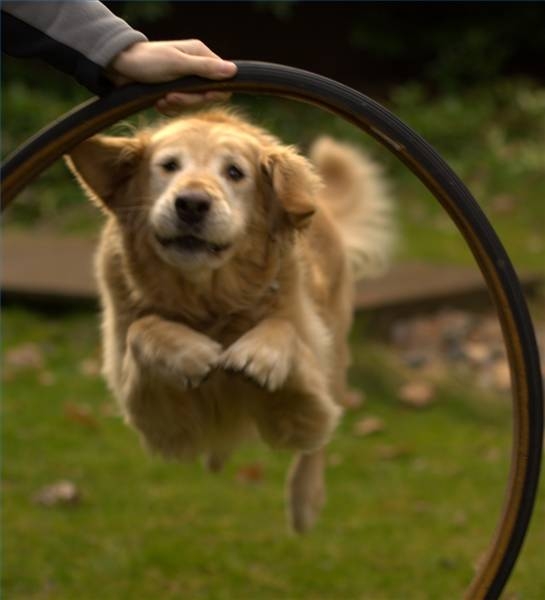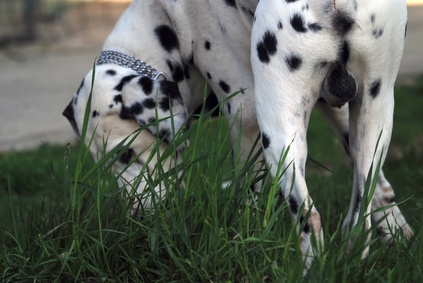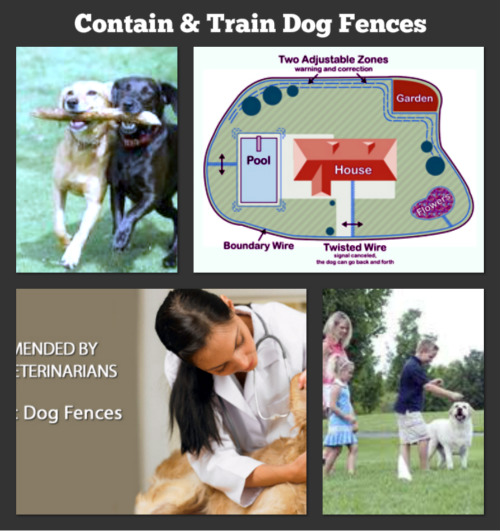Dogs can be trained to be a dangerous threat and they can be trained to bark bite and attack. Some breeds adapt more readily to such training than others, but all dogs with vocal chords and teeth have the potential for threatening behavior.
First of all, it is not advocated to administer protection training a family pet. There have been too many unfortunate incidents involving people who have been talked into this type of training by the local guard dog trainer. Veterinarians have encountered an endless number of dogs who had to be euthanized because they had become vicious. Not all of these dogs had been protection trained, but a great many had. Some guard dog trainers will argue that if the right dog is properly protection trained, he will never become vicious and randomly bite.
While this may be true, the bottom line is that the average family cannot handle an attack trained dog. Most people find it difficult enough to get their dog to come when called and not drag them down the street at the end of the leash. Attack-trained dogs are very useful; to the police and military, and in most cases that's where they belong. The average family certainly does not need a dog who has been conditioned to attack and bite on command.
Most dogs are instinctively protective. Rarely does a dog need protection training to be wary of intruders. This is particularly true of dogs who have been selectively bred to guard, herd, or protect. Examples of such breeds are the German shepherd, border collie, and Rottweiler. In the wild, canines naturally protect territory and fellow pack members. The protective instinct is further strengthened when the individual feels that he is an integral part of the pack. Keep in mind that your domestic dog views your family as his pack. If he lives in your home and is part of your family, chances are good that his protective instincts will emerge.
The instinct to protect territory and fellow pack members develops with age. Many people are dismayed that their five-month-old dog is not the least bit protective. It is not a puppy's job to be protective! A well-adjusted puppy of any breed should be friendly and love everybody. It is the role of adult pack members to be protective. The puppy instinctively expects you to protect him. With most dogs, the sense of responsibility for being protective of the pack begins at around one year old, give or take a couple of months depending on the breed and the individual dog. At maturity - eighteen months to two years old - the dog should show even stronger signs of the protective instinct.

 How to Potty Train Puppy on a Puppy Pad
How to Potty Train Puppy on a Puppy Pad
How to Potty Train Puppy on a Puppy Pad
How to Potty Train Puppy on a Puppy Pad
 Comparisons of Dog Training Methods
Comparisons of Dog Training Methods
Co
Comparisons of Dog Training Methods
Comparisons of Dog Training Methods
Co
 How to Potty Train a Difficult Dog
How to Potty Train a Difficult Dog
How
How to Potty Train a Difficult Dog
How to Potty Train a Difficult Dog
How
 How To Contain And Train Dogs Using Electronic Dog Fence
Keeping and training dogs to stay within your vicinity and
How To Contain And Train Dogs Using Electronic Dog Fence
Keeping and training dogs to stay within your vicinity and
 How to Train Kittens to Use the Litter Box
How to Train Kittens to Use the Litter Box
How to Train Kittens to Use the Litter Box
How to Train Kittens to Use the Litter Box